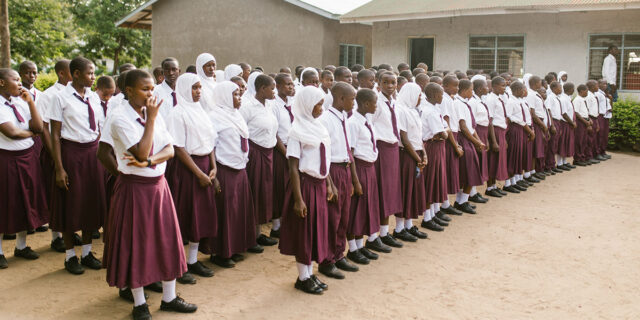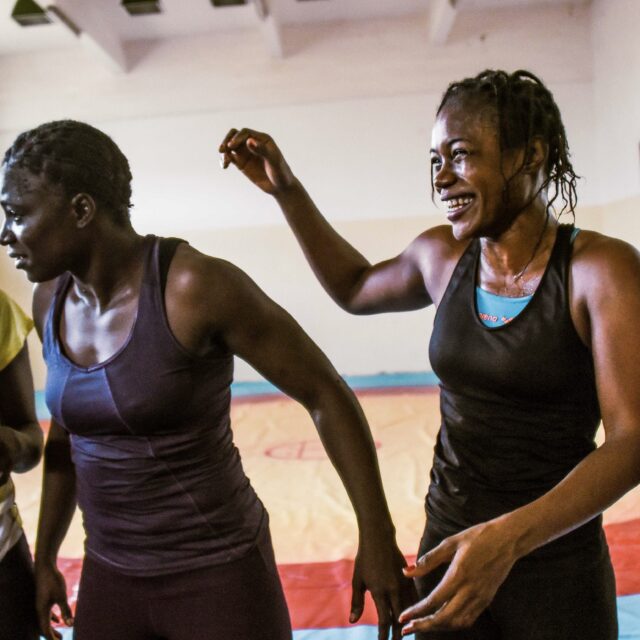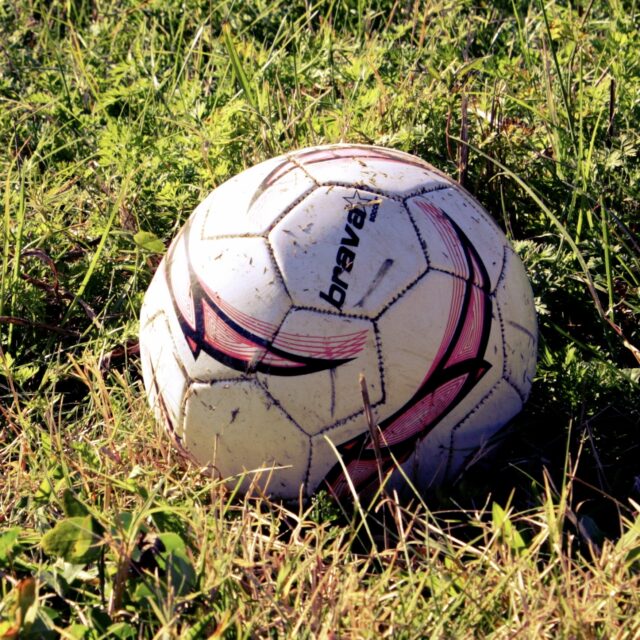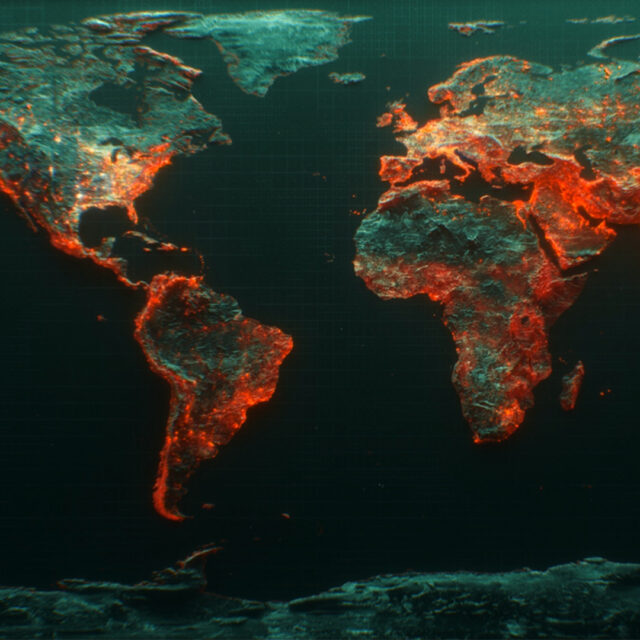By Alice Albright, CEO of The Global Partnership for Education
Juliana, an 11-year-old, year 6 student from a small village in south-central Côte d’Ivoire, is the first in her family to go to school. Her story is typical of a growing number of girls in her village and across the country who benefit from ambitious government initiatives that seek to strengthen Côte d’Ivoire’s education system and remove barriers that are keeping girls out of school.
Funding from the Global Partnership for Education, which I lead, has made it possible for more of Côte d’Ivoire’s schools to include proper sanitation facilities that allow girls to go to school during their menstruation. And it has made possible the recruitment and training of 38,000 new teachers, many of them women, who often help girls also navigate their challenges at home and in the community.
The result so far: a growing number of Côte d’Ivoire’s children – many of them girls – have enrolled in and completed primary and lower secondary school. Between 2010 and 2014 the primary school completion rate for girls in the country has increased from 39% to 50% – a significant improvement in such a short time.
Aligning GPE and ONE
This is precisely the kind of result that ONE has so vocally and effectively championed. ONE members have done a remarkable job mobilising around the world to urge donor and developing countries to invest more heavily in girls’ education. And GPE has been a leading catalyst of the sort of interventions ONE champions in its recent must-read policy report on girls’ education.

ONE Campaign members in New York City on International Women’s Day 2017. (Photo credit: ONE)
As the Côte d’Ivoire example shows, GPE supports governments’ efforts to assess and address the many barriers that the ONE report rightly recognises are keeping girls from going to school – such as deeply held beliefs against educating girls; work; marriage for girls barely into their teens; school fees; long, arduous commutes to school; sexual assault; lack of sanitary facilities for menstruating girls; and humanitarian crises that interrupt schooling.[1]
GPE also emphasizes the need for a “data revolution,” which is exactly in line with ONE’s calls for more and better monitoring of educational progress. In fact, GPE’s funding model offers incentives to developing countries to build and improve education monitoring, strengthen long-range planning, promote transparency and accountability and drive for results.
And, as the ONE report points out, investing in teachers is essential. One of GPE’s priorities – as it has been in Côte d’Ivoire – is to help countries expand the number of teachers who are well-trained and qualified to inspire and challenge students. We place particular importance on governments recruiting and training female teachers, who can give girls the confidence and support they need to stay in school and thrive.
Challenges remain
Since 2000, the number of girls not attending school has plunged by 40% from more than 200 million worldwide. That’s pretty good progress. But with 130 million girls still not in school and millions more who go to school but don’t learn the basics, there’s still a lot more work to do.

Students at Nyange Secondary School, Kilombero Region, Tanzania. (Photo credit: Sam Vox/ONE)
As the ONE report notes, the success of the girls’ education revolution over the next 15 years will depend on the extent to which developing countries and wealthier donor countries commit the resources needed to implement quality sector plans and proven approaches.
Countries like Côte d’Ivoire, which has steadily raised its own domestic spending on education to about 7.3% of its GDP[2], are increasingly doing their part. But aid to education from the world’s richest nations dropped from 13% of total aid in 2002 to 10% in 2014.
If that trend continues, according to The International Commission for Financing Global Education Opportunities, educational progress – for girls and boys alike – in developing countries will fall short of reaching the UN Sustainable Development goal of education for all by 2030.
Replenishing the Global Partnership for Education
The Education Commission has called on donor countries to mobilise a step change in their financing for global education. The Commission’s recommendations include helping GPE increase its fund to $2 billion a year by 2020 and $4 billion a year by 2030.
To achieve this ambitious goal, GPE is campaigning right now for funding of $3.1 billion from existing and new donors for its upcoming replenishment for 2018 to 2020. Over the next three years, this would enable the partnership to support 89 countries, which are home to 870 million children and adolescents and 78% of the world’s out–of-school children.

Students at Nyange Secondary School, Kilombero Region, Tanzania. (Photo credit: Sam Vox/ONE)
After 15 years of experience working in countries like Côte d’Ivoire, we know how to help countries educate more girls and we have the tools in place to ensure effective support to such countries. That’s why it’s so important for leaders around the world to heed the call from leading voices like ONE: without sufficient resources for those interventions, we risk leaving girls like Juliana behind and squandering the full intellectual, economic and social potential that educated girls can deliver.



